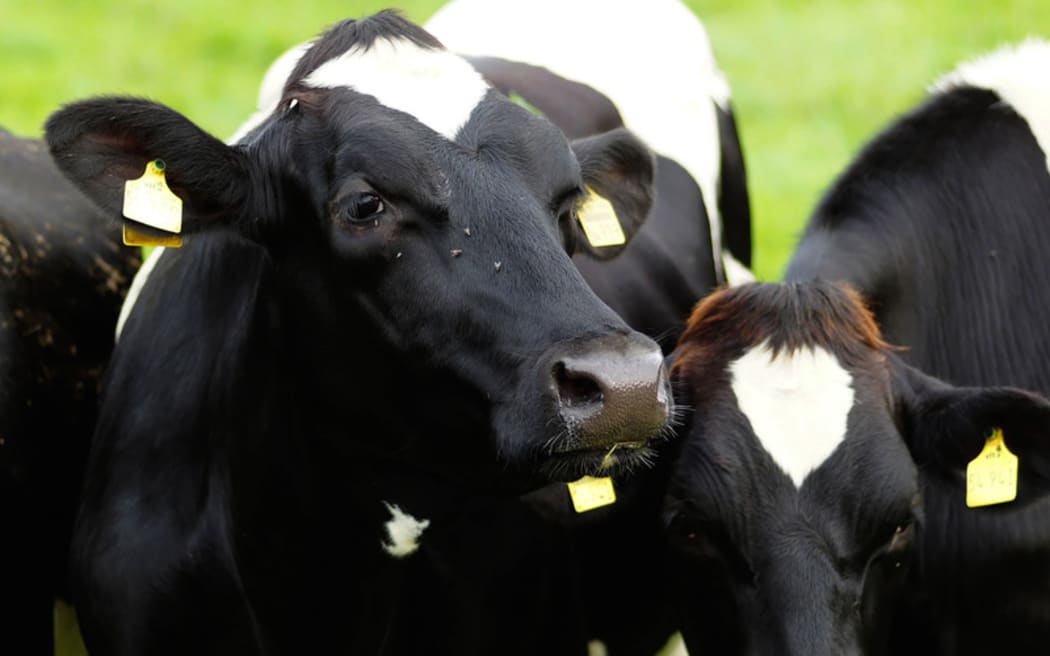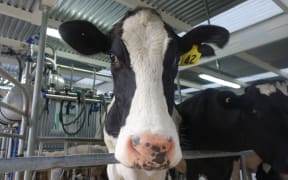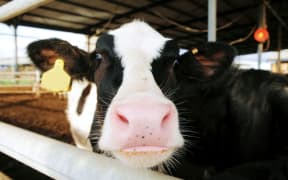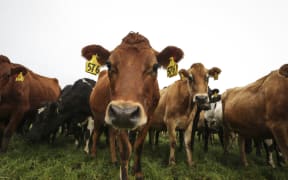Mycoplasma bovis is on many farmers' minds and has the potential to hit dairy and beef sectors in the pocket, but what actually is this disease?

Photo: SUPPLIED
Many farmers spoken to by RNZ are frustrated because the first they heard of the disease was in the media, three days after MPI had testing confirming mycoplasma bovis in New Zealand.
The disease is only found in cattle and is not a health risk to humans. Over the Tasman, Australian farmers have been dealing with the nasty bug since 2006.
The New Zealand Veterinary Association said out of a herd of 1000 milking cows about 150 were affected.
The owner the farm hit by Mycoplasma bovis, Aad van Leeuwen, said all 150 infected cows will have to be put down.
Farmers told RNZ that they want all of the infected cows killed because of the risk to the industry. To date the farmer has voluntarily euthanised a small number of his animals.
Timeline
- Monday 17 July: MPI told of sick cattle at one of the Van Leeuwen Dairy Group's farms, which is based in Glenavy.
- Saturday 22 July: Mycoplasma bovis confirmed by MPI Animal Health Laboratory testing.
- Tuesday 25 July 1pm: MPI put out a media release on the disease detection.
- Friday 28 July: MPI confirms for the first time, on Nine to Noon, that the property infected is owned by the Van Leeuwen Dairy Group.
What we know
Read what the Ministry for Primary Industry says about Mycoplasma bovis.
- This is the first time the disease has been found in New Zealand.
- The disease causes mastitis, pneumonia, abortions and lameness, and can result in the deaths of cows and calves.
- The disease can be hard to detect and treat because it has special characteristics including: The lack of a cell wall so that certain widely-used antibiotics are not effective; an ability to hide away from the immune system so that infections are difficult for cows to fight; the ability to create conditions that allow evasion from antibiotic treatment (eg within large abscesses).
- Not all infected cows get sick or show signs of the disease, making it hard to detect. Some shed the disease without becoming ill, allowing for transmission between farms if these cows are moved.
- It is mainly spread through 'nose to nose' contact between cattle through mucus and bodily fluids, and by direct contact with between infected animals and equipment which has been used on infected animals.
- Mycoplasma bovis does not infect humans and presents no food safety risk. There is no concern about consuming milk and milk products.
- MPI said all products from infected cows are fine for human consumption. This includes dairy and dairy products once pasteurised and all meat products.
- While some of the conditions can be treated, affected cattle will always be carriers of the disease.
- In Australia, the disease is throughout most dairying regions and had devastating impacts on some individual farms, leading to cows and calves being killed.
- Since the disease arrived in Australia farmers have been using a PCR test, which detects evidence of infection in bulk milk.
The Ministry for Primary Industries has set up an office in Oamaru for the investigation. The Regional Controller, Chris Rodwell, said main focus at this point was to identify affected stock and contain the disease.
"This is being done by isolating the affected farms. The farmer concerned has euthanised a small number of animals voluntarily for animal welfare reasons.
"At this time we are still determining the scale of this situation through on-farm sampling and testing, and tracing of movements of stock on and off the properties."





